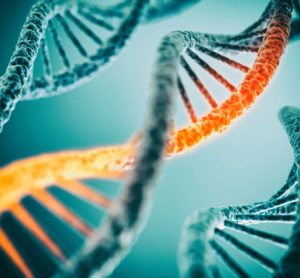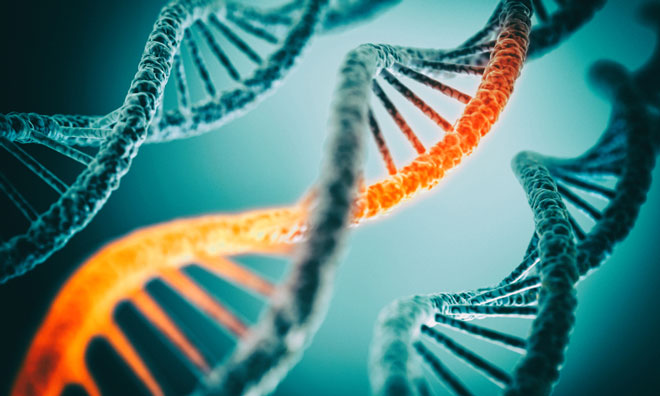Small non-coding RNAs as therapeutics
20 March 2009 | By
For years biologists have worked to develop alternatives to traditional therapeutics. These efforts, in areas such as stem cell based and gene therapies, have received much fanfare in popular media outlets, raising expectations among the general public. This excitement may have contributed to the hasty progression of early gene therapy…






